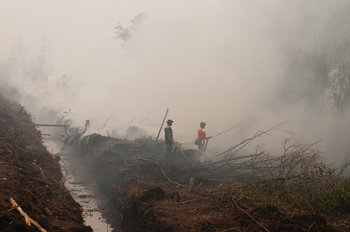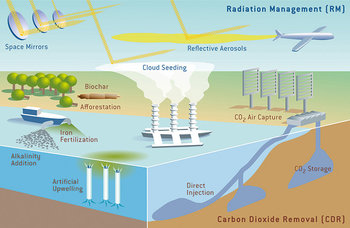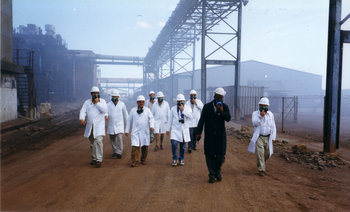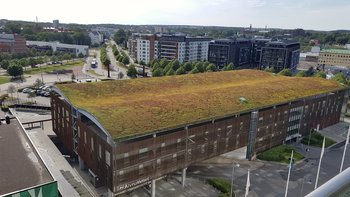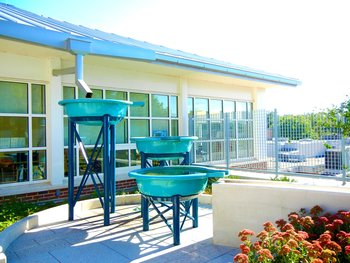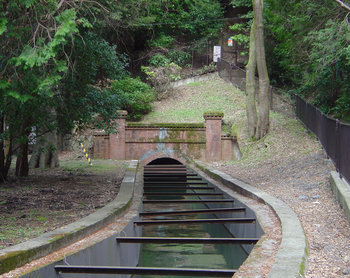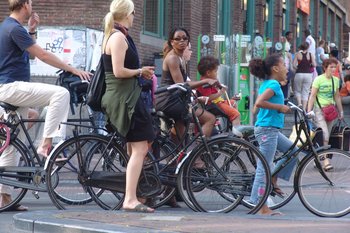
Soil Carbon
The amount of carbon in soil depends on the local environment. Human activities such as agricultural tillage and drainage tend to reduce soil carbon by exposing organic carbon to oxidation. Ecosystem destruction is also a significant factor. The following are examples of carbon in soil by ecosystem.| Carbon By Ecosystem | ||
Ecosystem | Soil (tonnes per hectare ) | Plants(tonnes per hectare ) |
Wetlands | 643 | 43 |
Tropical forests | 123 | 120 |
Temperate forests | 96 | 57 |
Temperate grasslands | 164 | 7 |
Croplands | 80 | 2 |
Biochar
Each year plants take around 120 gigatons of carbon out of the atmosphere. Generally speaking, this gets returned to the atmosphere by plant respiration and decomposing organic matter in soil. This balanced process is part of the overall carbon cycle.One potential way to reduce atmospheric carbon dioxide is to capture some of this 120 gigatons of carbon by converting it to a stable charcoal known as biochar.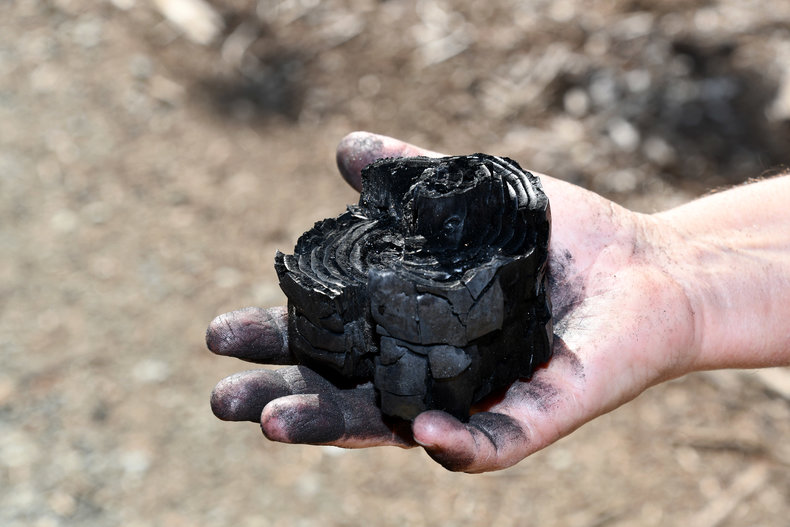
| Overview: Soil Carbon | ||
Type | ||
Definition | Carbon in soil as carbonate minerals and organic matter. | |
Significance | Soil is a significant carbon sink.Destruction of ecosystems can release a great deal of carbon from soil.Soil can be enriched with carbon to reduce atmospheric carbon dioxide with techniques such as biochar.Soil carbon plays a role in the productivity of agriculture and in the restoration of soil threatened by desertification. | |
Related Concepts | ||








